Wondering if riding elephants in Thailand is a good ides? In this article, I’m going to walk you through a few points to make you consider going against this popular practice.
One of the main attractions in Thailand is seeing elephants up close and personal. Rightly so as elephants are such large and majestic creatures who are fascinating in every sense.
So, what’s the big deal about riding elephants in Thailand? Surely, it can’t be that bad right? Read on to find out more about these incredible animals and the myths behind supporting animal tourism.
View Contents
- “Elephants are friendly animals- they like interacting with humans!”
- “Elephants are such large creatures, surely carrying us around for a couple of hours won’t be too bad”
- “They are made to entertain! They can paint, play football, and do all sorts of tricks!”
- “As long as it’s called a sanctuary, they treat their animals well”
- “I wasn’t aware that these animals are being exploited.”
- How to Ethically See Elephants in Thailand: The Elephant Nature Park
“Elephants are friendly animals- they like interacting with humans!”
The truth is, in order to train an elephant to interact with humans, what a lot of people don’t know is that elephants are beaten, tortured and trained. The century old tradition of domesticating elephants is called “Phajaan”.
This dark and horrific ritual is when baby elephant’s spirits are broken until they fear their mahouts (elephant handlers) so they become submissive to humans. Yes, elephants are friendly but they are still wild animals.
In order to domesticate them, elephants go through what they refer to as The Phajaan, also known as “the crush” which means to split the elephants will. They used to believe that you can beat the wildness away from the animals, hence, domesticating them.
This process involves putting them in a “crush cage” where they have their front and back legs tied by a rope, stretching their limbs. From here, they beat them with metal tools, poke them with various sharp objects, and sometimes even burn them. They are screamed at, beaten, and deprived from food and water.
After weeks of torture, the mahout will be the one who will release them from their plight, thus gaining the trust of the elephant. This is the hard truth behind domesticating these creatures. These heartbreaking images is worth a thousand words but be warned, they are pretty graphic.
✨The 1 Thing We Never Leave Home Without…✨

Coming from someone who has been traveling the world for the last 8 years AND has been in the hospital 2x, travel insurance is something everyone NEEDS to get. Get a quote below!
“Elephants are such large creatures, surely carrying us around for a couple of hours won’t be too bad”
Yes, elephants are large creatures but the truth is, the spine of an elephant can’t handle the weight of humans. Think about it. Between the chair placed on their back, the paddings, the straps, chains, plus the weight of carrying two or three adults-it van get heavy.
Carol Buckley, the president of Elephant Aid International explained that elephants have bony sharp protrusions that extend upwards of their spine instead of smooth round spinal disks. The pointy protrusions poke and point the tissue protecting them once they have too much weight placed on them.
These elephants are forced to walk around with heavy loads for eight to nine hours a day, overworked and underfed. This article by Sarah V Schweig tells you what happens to the spine of elephants and how they can cause injuries to the elephants due to the constant heavy loads.
Read: Fun Things to Do in Bangkok
“They are made to entertain! They can paint, play football, and do all sorts of tricks!”
Again, this all boils down to domesticating wild animals. If you really think that elephants can really paint, jump through hoops, and do all sorts of tricks, then I have to say you are being a bit naïve. These creatures are meant to roam free in the wild.
Not play football or paint you pictures. Instead, they are living in captivity, forced to perform all sorts of tricks. You know those elephants who paint pictures? As amusing as they are, what you don’t know is that these mahouts have sharp nails or small pointed objects which they poke the elephants with, guiding them to the right direction when painting.
They are literally reminding them of their tortured past, reminding them of the supremacy of humans over elephants. You may also see mahouts often carrying a bull hook which they say they only use to “guide” the elephant. Those bull hooks are actually used an intimidation technique to follow the mahouts every command.
Psst...Want in on a Secret? 🤫

We've scoured the internet for the best ALL-AROUND travel shoe and Tropicfeel wins by far. We've taken ours through rivers, jungles, and cities and they're still alive and kickin'. Check them out below.
“As long as it’s called a sanctuary, they treat their animals well”
You see, I’m not preaching to the choir here. I too was once the eager traveler who professed their love for these magnificent creatures but still went for the cheapest tour without much thought as to the animal conditions. You see, I thought that as long as it was “elephant sanctuary”, they would treat their animals well.
I remember leaving that place with a gnawing feeling in my stomach when I saw the elephants being chained after our jungle trek. I could see the bruised and injured chain marks on their ears. I left, feeling horrible about myself. Since then, I had vowed to do my research when it comes to animal tourism.
The truth is, there is no such thing as ethical elephant rides.
Because we travelers and tourists support these exploits, elephant treks, circuses, and elephant shows, the demand for these activities just go higher. While I’m particularly referring to elephants in Thailand, the fact of the matter is Asian elephants are exploited all over Vietnam, India, Myanmar, Sri Lanka, and Cambodia.
“I wasn’t aware that these animals are being exploited.”
While ignorance is bliss, in this day and age, ignorance is no longer an excuse. While I would never cast judgment because I too was one of those ignorant tourists, its now time to get educated. The choice is up to you. Our demand for these tours further fuel the demand for people to capture baby elephants and domesticate them. Most elephants are born in Myanmar and are smuggled into Thailand by poachers, sold to elephant camps and circuses. The more we support this industry, the worse and worse it gets. Be informed, make responsible decisions, and do yourself a favor, always think twice if a tour involves animals.
How to Ethically See Elephants in Thailand: The Elephant Nature Park
We recently spent an eye opening day with the folks over at The Elephant Nature Park in Chiang Mai, Thailand. The Elephant Nature Park, is a rescue and rehabilitation center for elephants all over Thailand. Through the efforts of the wonderful people that work in their organization, they rescue elephants that are used in illegal logging, elephants that are forced to beg the streets (forcing tourists to buy over priced bananas), and elephants that are forced to work in trekking camps.
They have a large portion of land which around 70 elephants call home. Unfortunately, these animals can no longer just be returned to the wild as most of them suffer deep psychological problems. Instead, they are cared for and are allowed to freely roam the sanctuaries compounds. While keeping elephants in captivity is a practice that has been going on for generations, it is not too late to begin making change.
Apart from their rescue and rehabilitation practices, The Elephant Nature Park also offers various volunteer programs which you can take part of. The Elephant Nature Park has slowly been influencing other trekking camps to get rid of elephant riding and just allow tourists to interact with animals on a more natural level. Hopefully, this will inspire other camps to see that tourists will pay for other types of tours and not just elephant riding.
Read: Our Elephant Nature Park Karen Experience Review
Apart from the Elephant Nature Park, there are a handful of other camps which treat their elephants humanely. So while these ethical camps maybe more expensive, you should know that they use the money to further improve their camp, save more elephants, and create more programs to help inform people of the plight of elephants in Asia.
Moving forward, I would strongly recommend you to think twice before just signing up for the cheapest tour available. Do your research and do your part in ending this cruel practice.
Related: Why we Choose to Support Sustainable Tourism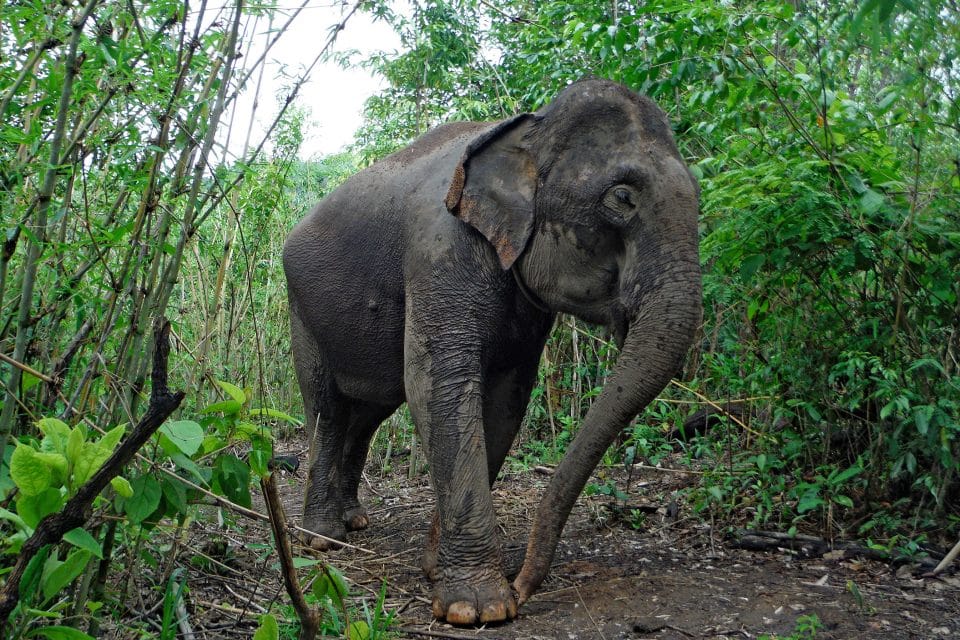
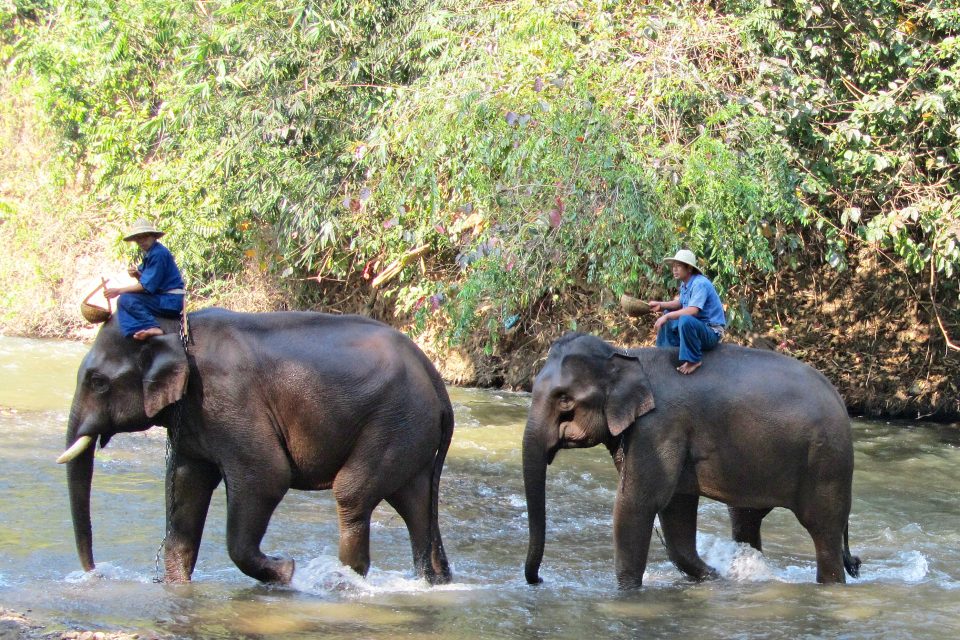
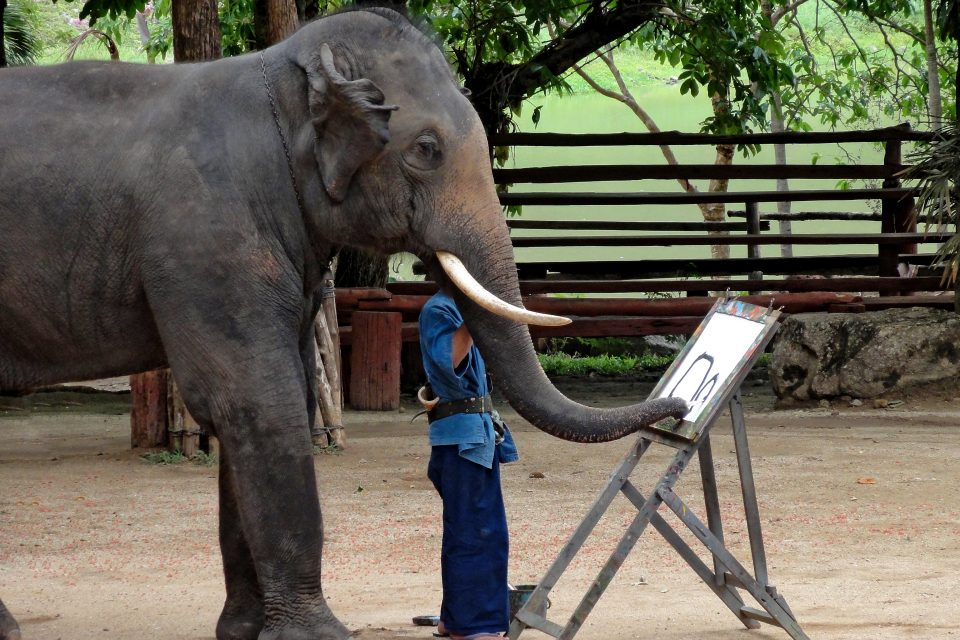
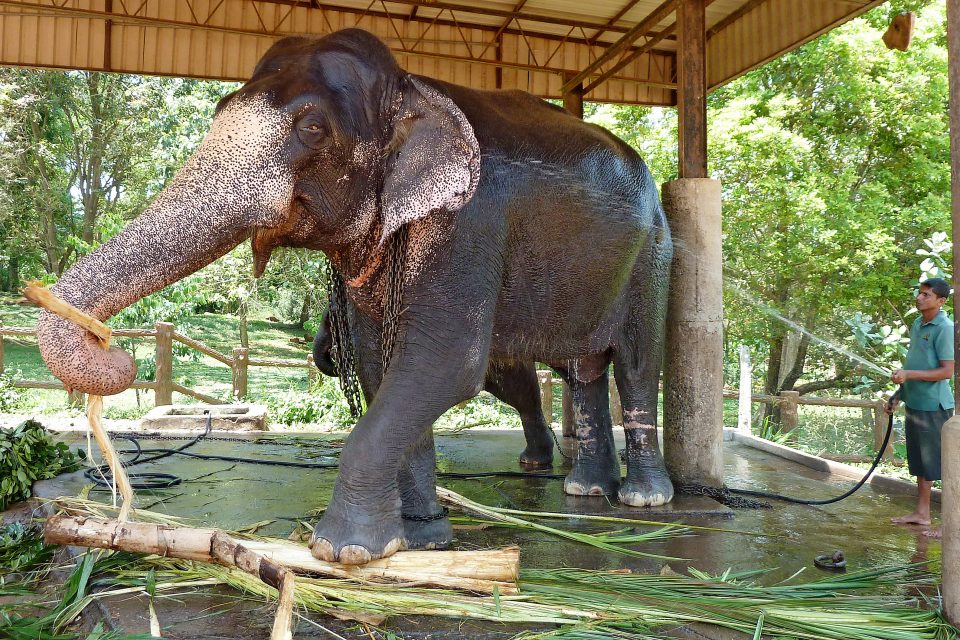
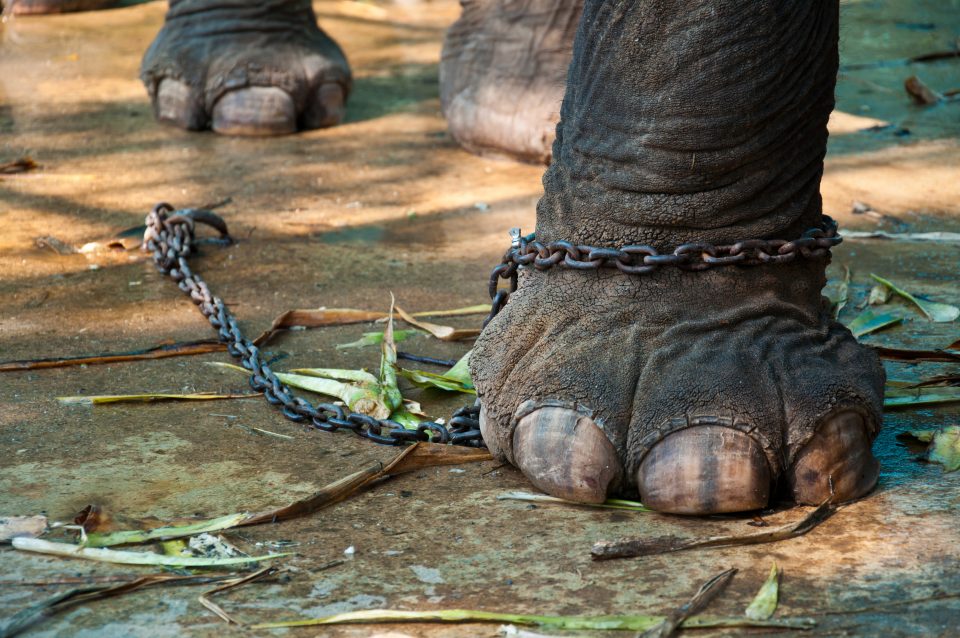
I’m so glad people are finally wising up to the practices of some of the animal tourism places. Hopefully this won’t be something we have to worry about so much in the future. I will definitely be checking out Elephant Nature Park when I’m in Chiang Mai.
You are right, travellers have a choice and must be educated to know what is right and why riding elephants for fun is not. Thank you for sharing the reasons why we shouldn’t exploit these magnificent creatures, and what Elephant Nature Park is doing right in the name of ethical animal treatment and sustainable tourism.
This is great information. I too love having that chance to see majestic animals up close but it’s vital to do your research and know what your supporting.
I completely agree on ignorance not being an excuse. Elephants are amazing creatures and its time they get treated with the respect they deserve.
Posts like this one is what changed my mind about elephant riding. It is a message that needs to be spread! When we go to Thailand I will be sure to visit the Elephant Nature Park to show support for the work that they do.
Thank you so much for sharing this important message! (I’ll share on my networks.) Like you, about 10-12 years ago, I visited a not-so-nice place in Thailand (the one pictured in #3) not knowing any better. I, of course, regret it, and now try to warn other travelers against visiting animal attractions and partaking in other activities that exploit animals (like taking photos w animals in the streets). I also try to spread the word about positive organizations and experiences like the Elephant Nature Park.
This post is great and it’s really sad what happens to these elephants. It’s important for travelers to know an alternative to riding or watching elephants do tricks.
I was momentarily nervous when I saw your post. To be honest, I’m never quite sure of the angle. Thank goodness you chose to write about the plights of these poor elephants who are forced to trek with riders on their backs. I also spent time (4 days) at Elephant Nature Park. I would challenge anyone to visit there and see with their own eyes the physical and emotional scars the elepahnts have, as well as the joy of being in a place that allows them to be elephants. Thanks for writing this. It’s important to continue this message to educate travelers thinking of riding an elephant.
Very useful and clear breakdown of why riding elephants in Thailand IS a big deal. I admit that I’ve fallen for some of these myths in the past, but now see the error in my ways!
Thank you for this post- Hope people will share it and people will wake up, no animal is born to entertain us! Greetings from Germany! Sabine
I agree with you- no article was born to entertain! Hello from Chiang Mai, Thailand Sabine. Thank you for taking the time to read this!
Great post! When I first saw the heading, I thought you’re gonna share your experience abobut riding elephants after doing it, thankfully it wasn’t the case! Thanks for sharing these information, hopefully, there comes a day that human beings don’t ride elephants anymore!
Ahhh..Glad you liked the article!
Oh man, not gonna lie when I first saw the pin I was super scared you were going to defend riding elephants! So glad you don’t, and on top of that you wrote this awesome post explaining just why it’s so bad!
Glad you enjoyed it @thereshegoesagn:disqus Hopefully more people read it and educate themselves. It’s such a horrible practice that I hope we can get rid of soon!
Great post, and I agree with the Elephant Nature Park being the perfect place to visit if you want to see Elephants in Thailand. I spent a week volunteering there, and it was an amazing experience!
Oh how was your experience volunteering in the park? That is something I would love to do as well.